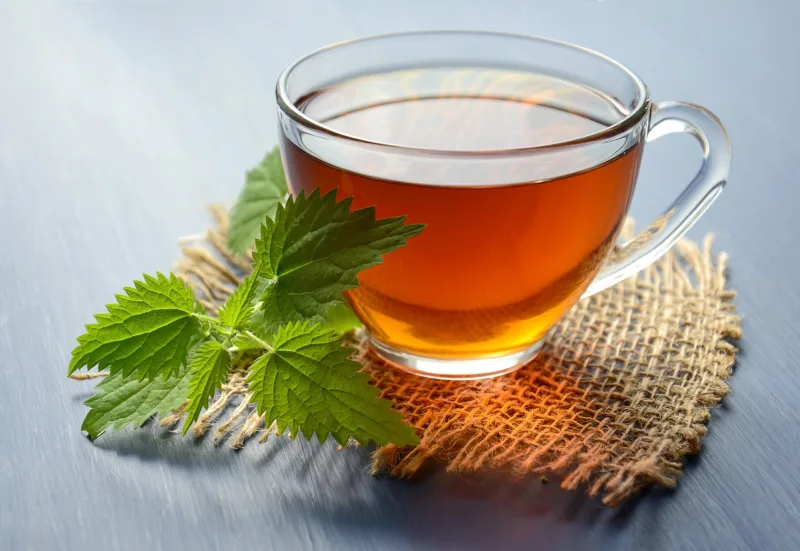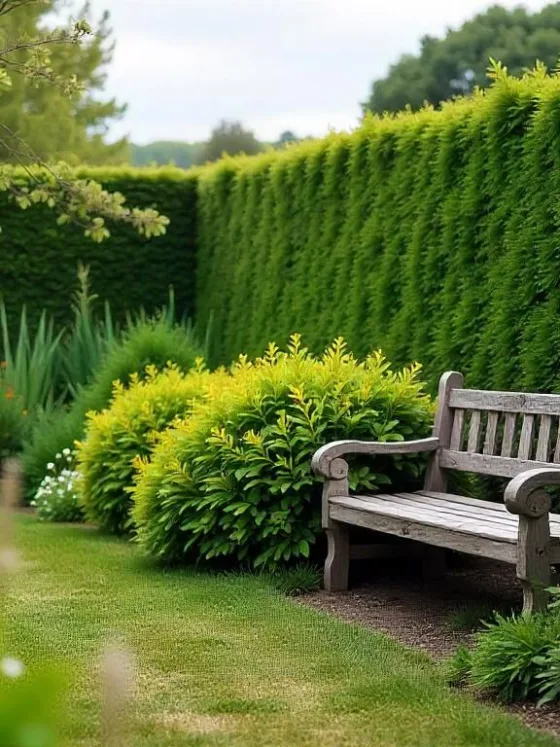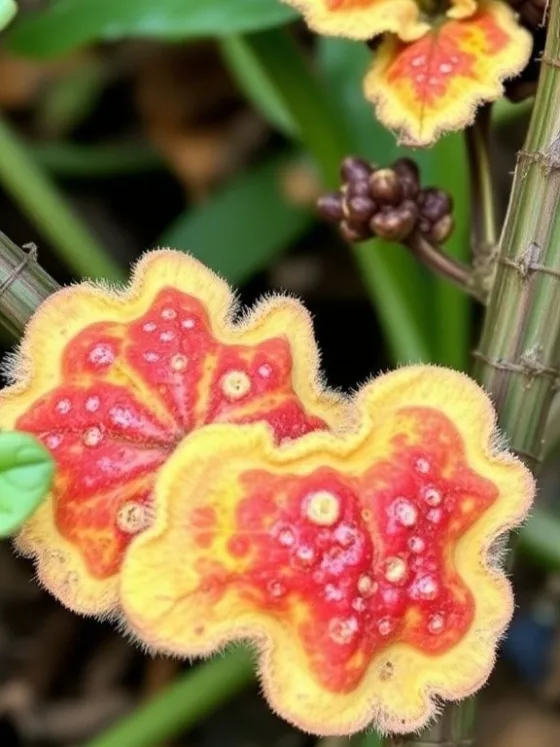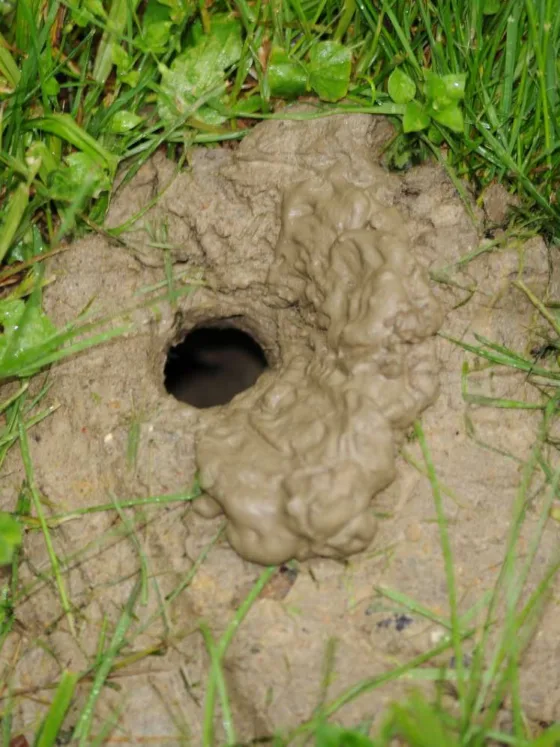As I sit here pondering this week’s article, I’m looking out the window and taking a sip of herbal tea, just to get the mental juices flowing.

But then I think about the things we take for granted which are a result of the horticultural and gardening knowledge that our ancestors amassed for us.
Tea is just one of those things, and it deserves, at the very least, a footnote in the memoirs and writings of those of us who truly call ourselves gardeners or horticulturalists.
And who better to know about hot beverages than us Northscapers and northern gardeners!
Though many of us refer to the delightful steeped beverage as ‘tea’, not all teas are true tea.
True teas are made from the tea plant, Camellia sinensis, a native of China; herbal teas, which have no tea whatsoever in them, are in reality ‘tisanes’.
Though there are different types of teas available on the market such as Oolong, Black, Green, and White, these four main tea groups are all from the same species of plant, but are harvested at different stages of ripeness or employ a different method of dehydration to capture the essence of the tea within the leaves.
This is not unlike the way that grapes are harvested to make wines. The later in the season the grapes are harvested, the more sugars are produced.
With these sugars comes the ability to make a sweeter, more optimal wine.
Teas Versus Tisanes
Other types of teas can be made through the addition of various horticultural treasures like herbs, fruits, flowers, and roots which blend with the true tea to give the resultant tea its distinctive flavor.
But the herbal teas or ‘tisanes’ are different. These are only made from the infusions of parts of plants other than Camellia sinensis.
It is here that the true art of invention in horticulture takes place.

Many are familiar with some of the common plants used to make ‘tisanes’. Teas made from chamomile, bergamot (Monarda), lemongrass, rosehips, fenugreek, mint, sage, and any of the common household herbs and fruits are things we have grown accustomed to finding in the grocer’s tea aisle.
But think long and hard as to how this came to be. Somewhere down through the ages of gardening and agriculture, a gardener or a horticulturist was likely to have been the person to invent this concoction.
They had to drink it, and then live to tell about it, following which they would have proceeded to make it popular.
Credit is rarely given to these pioneers of culinary taste.
Yet today we taunt ourselves by watching cooking shows that sing the praises of the likes of the Emeril Lagasse’s, Jeff Smith’s, or Graham Kerr’s of our times.
Yet, all we have to do is look at the very gardens that we so meticulously cultivate to find the answer literally and figuratively in our proverbial backyards.
But teas and tisanes have become commonplace items in our lives, and so we tend to forget the subtleties offered by a good cup of the steeped beverage.
Like most people, I also took this beverage for granted, until a good friend of mine, Edward Mah, started a business in the sale of fine teas (The Prairie Tea Company).
When I opened the catalog and started reading the descriptions and the contents of each tea he was offering, the origin, etc., it was only then that I realized the important role that horticulture has played in the culinary arts we feast upon today.
Each time I sip one of the teas that I purchase from The Prairie Tea Company, I try to savor it and see if I can distinguish the subtle flavors of the components that comprise the herbal mixture.
I have also realized that the harvesting process, whether it be of the true tea leaves or solely of the herbal content, is extremely important to my personal tastes.
I have sampled some teas that I wouldn’t even serve my dogs and others teas or tisanes that I could only serve the most scrutinizing of palates or my closest and dearest of friends.
The Road To Tea-Snobbery

I guess, like many people turning middle-aged, I have become a ‘tea connoisseur’ or more colloquially, a ‘Tea Snob’.
Instead of sipping brandy, the latest fad in coffee, or even dissecting the quality of fine wines or other libations, my horticultural influences have pressed me towards a common bond with the garden, and thus ‘teas and tisanes’ have become my new vice.
Given the other opportunities one finds in the realm of vices, I think this is probably a decent vice to have.
As I watch the snowflakes fall outside the window, and I sip my newest pot of ‘Casablanca’, a specialty herbal mixture of fruits and flowers I acquired from my good friend Edward, I think about other omitted glories that gardeners and horticulturists have been denied credit for.
Perhaps, once I finish the whole pot I have to steep on the table, I’ll write about one of those forgotten inventions for a future article.
Until the kettle whistles again… Happy Gardening!










